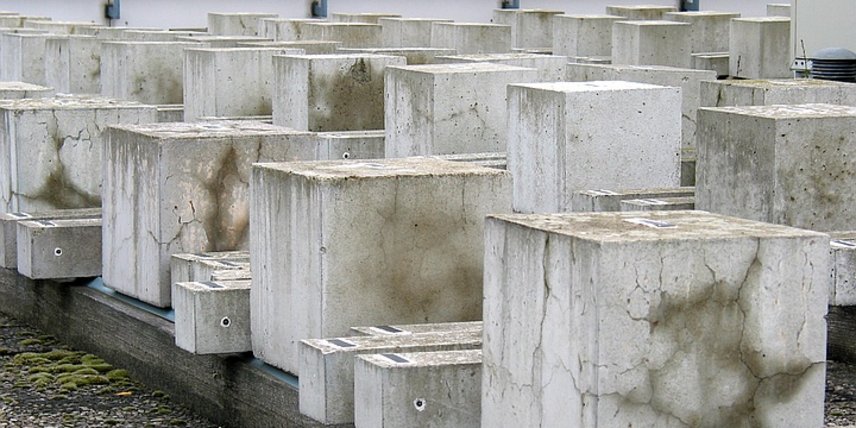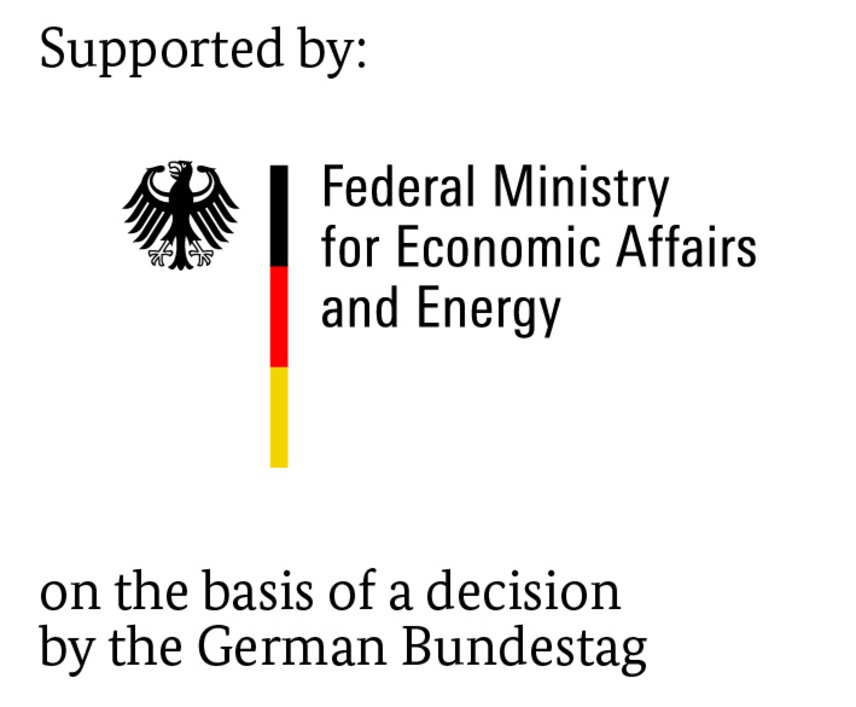In certain cases, concrete constructions with alkali-reactive aggregates can achieve sufficient resistance to alkali-silica reaction (ASR) by using cements with low effective alkali content (low-alkali cement). So far, the simplified classification of total alkali content does not fully, if at all, account for the effect of various blastfurnace slags and other cement main constituents like limestone (LL) having on the cement’s effective alkali content.


